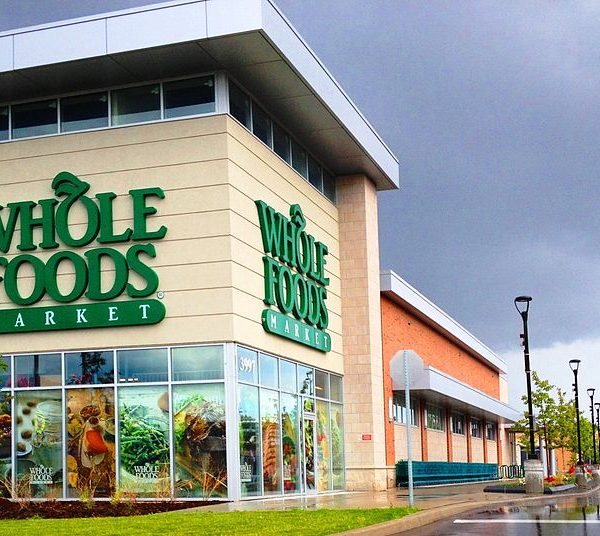
Today Amazon purchased upscale grocery chain Whole Foods for $13.7 billion in a deal that turns the e-commerce giant into a major brick-and-mortar retailer.
This news doesn’t directly impact the jewelry business, though it could affect Fred Meyer Jewelers parent Kroger. (Amazon once tried—and failed—to enter jewelry.) But let’s look at the whole picture: Amazon already had a grocery service, AmazonFresh. What it gets by acquiring Whole Foods is its network of over 400 brick-and-mortar stores.
Having become the dominant force in e-commerce, Amazon wants to expand its reach. Some 90 percent of sales are still done at brick-and-mortar stores. That’s clearly where it sees growth.
This isn’t Amazon’s first foray into brick-and-mortar: It’s opened up a few bookstores as well as a (seemingly now obsolete) grocery store.
Which proves that, as much as e-commerce is here to stay, brick-and-mortar isn’t going away either. In the last few months, we have seen e-commerce and physical commerce converge more and more. We saw this when Blue Nile and Brilliant Earth opened webrooms. Or when Walmart purchased Jet and Bonobos. (The latter deal was also announced today, but was overshadowed by the Amazon news.)
We traditionally think of brick-and-mortar and physical retail as different things. But now it is becoming clear that it’s all retail, regardless of channel. The future belongs to stores that can service customers however and wherever they wish.
(Image from Wikipedia)
Follow JCK on Instagram: @jckmagazineFollow JCK on Twitter: @jckmagazine
Follow JCK on Facebook: @jckmagazine